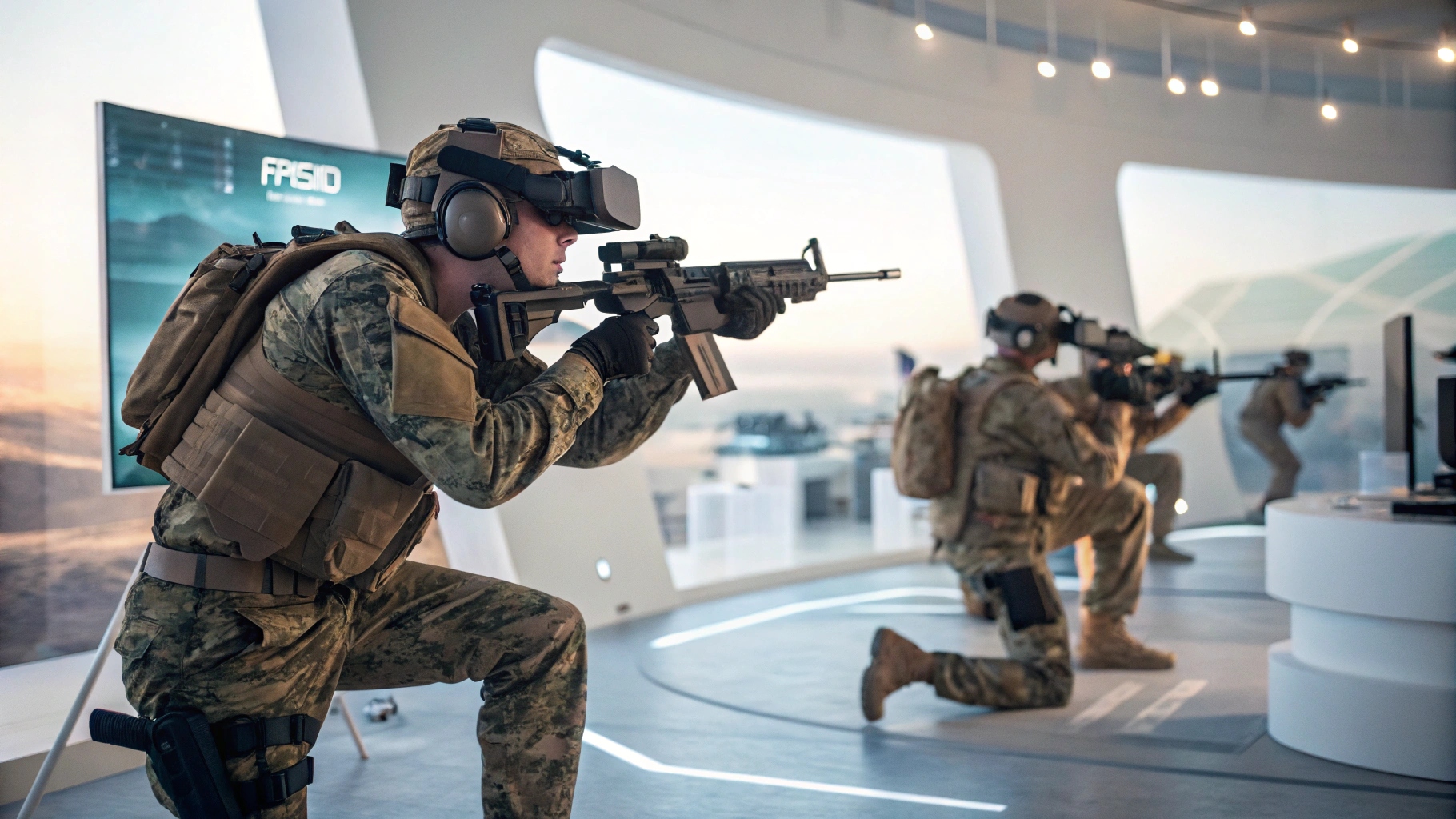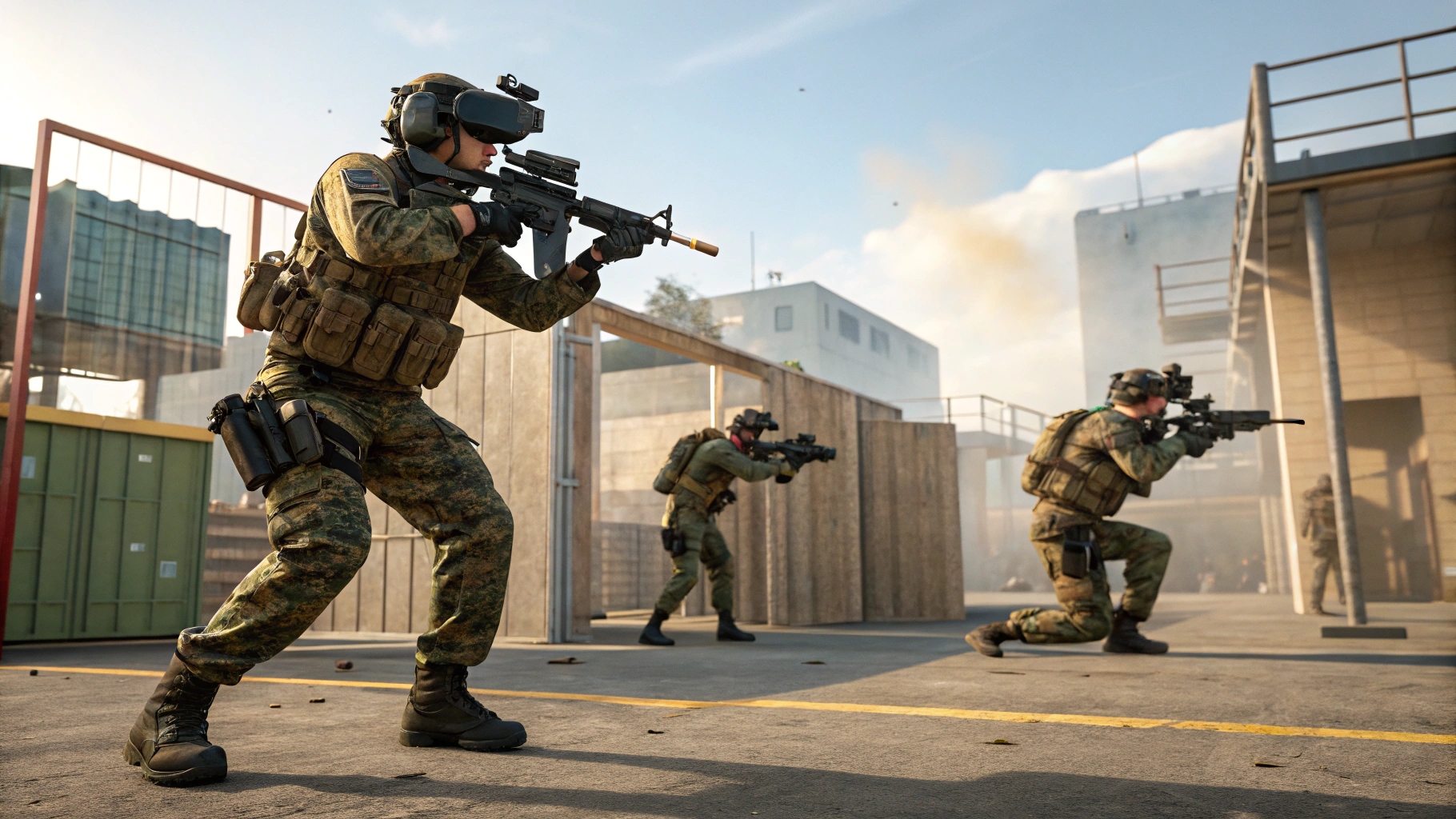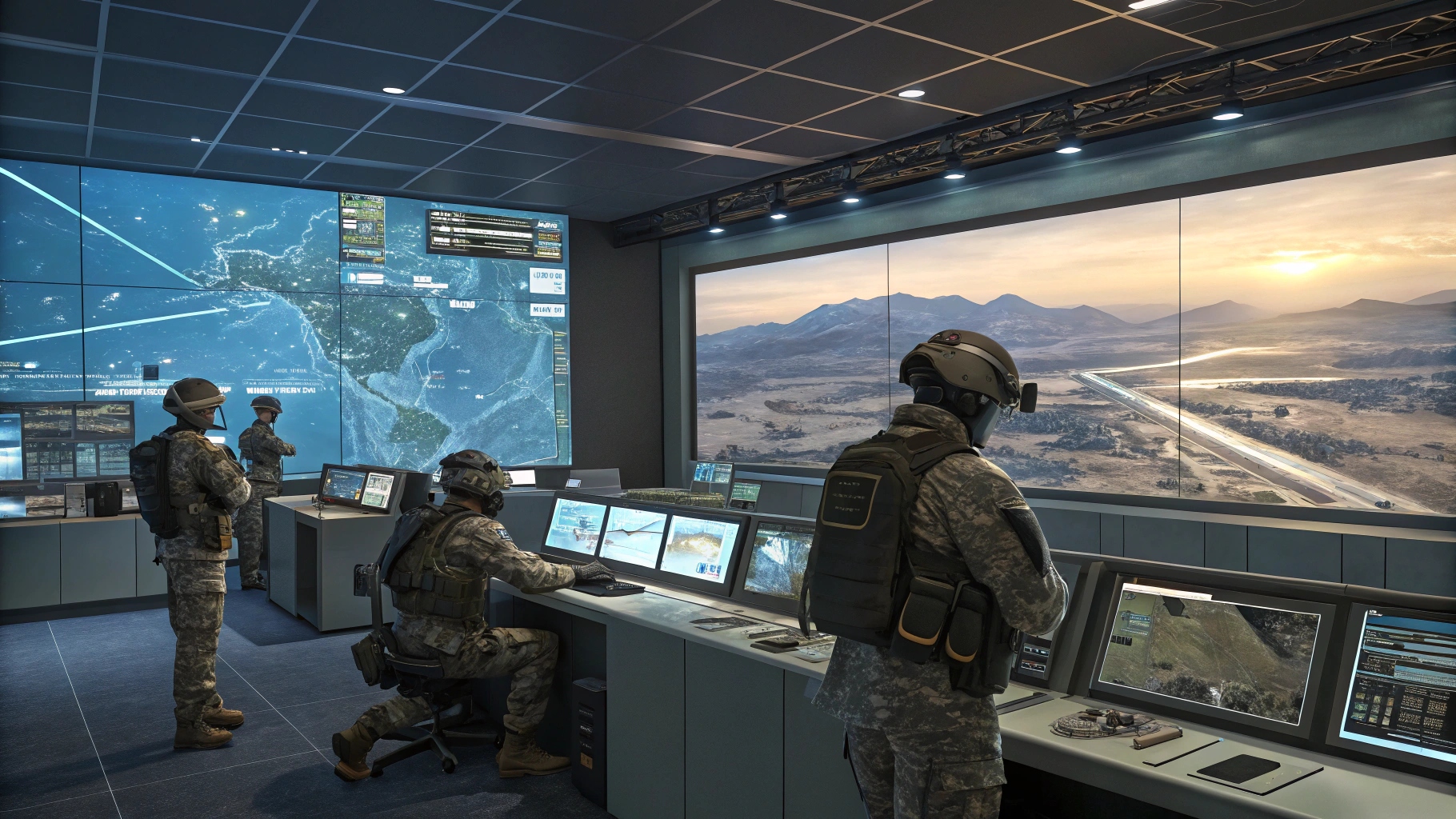
The Joint Multinational Training Group–Ukraine (JMTG-U), spearheaded by the United States to enhance Ukrainian military capabilities, has completed a live-fire evaluation that underscores the evolving role of unmanned systems in modern warfare. Conducted at Germany’s Grafenwoehr Training Area, the trial involved the deployment of 117 live M67 fragmentation grenades using the Skydio X10 Delta drone. This initiative was led by the JMTG-U Unmanned Aerial Vehicle Innovation Team, tasked with assessing the US Army’s Audible dropper system for precision aerial munitions delivery. The exercise provided valuable insights into the system’s operational performance, with iterative refinements made throughout to increase reliability and ensure its viability in real-world scenarios. The Skydio X10 Delta (X10D), designed by the California-based company Skydio, played a central role in the demonstration. Recognized as part of the Pentagon’s Blue UAS cleared list, the X10D has been vetted for government and military use, reflecting Washington’s broader emphasis on fostering trusted drone technologies. Its rapid deployability—ready for use in under 40 seconds—and top speed of 45 miles (72 kilometers) per hour make it suitable for dynamic combat environments. Beyond mobility, the X10D is equipped with advanced imaging payloads, including modular high-resolution cameras and radiometric thermal sensors. Its VT300-Z package provides telephoto capabilities, enabling operators to detect and track vehicles, humans, and other objects across extended ranges. Complementing this, the integrated Teledyne FLIR Boson+ sensor enhances situational awareness by delivering precise thermal measurements in varied operational conditions. The exercise not only validated the functionality of the Audible dropper system but also highlighted the importance of drones in augmenting ground troop effectiveness. By pairing traditional munitions with next-generation unmanned platforms, the JMTG-U is pioneering new avenues for precision strikes and force multiplication. For Ukraine, these advancements offer potential frontline advantages, especially as its forces continue to adapt to evolving Russian tactics. More broadly, the test signals a step forward in NATO’s efforts to integrate unmanned technologies into joint training and battlefield operations, underscoring the shifting paradigm of modern warfare.



